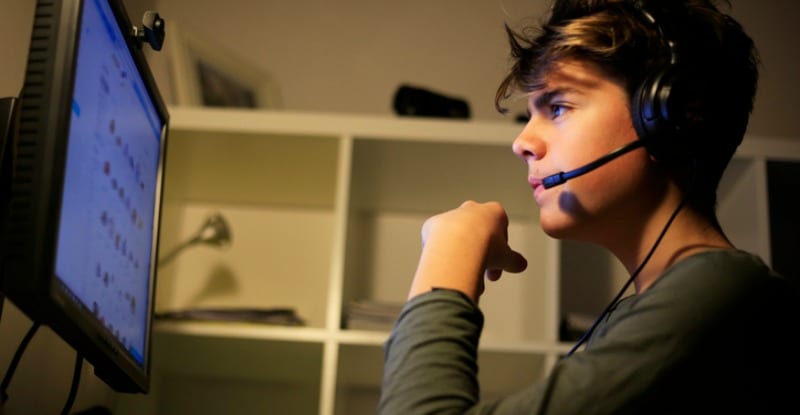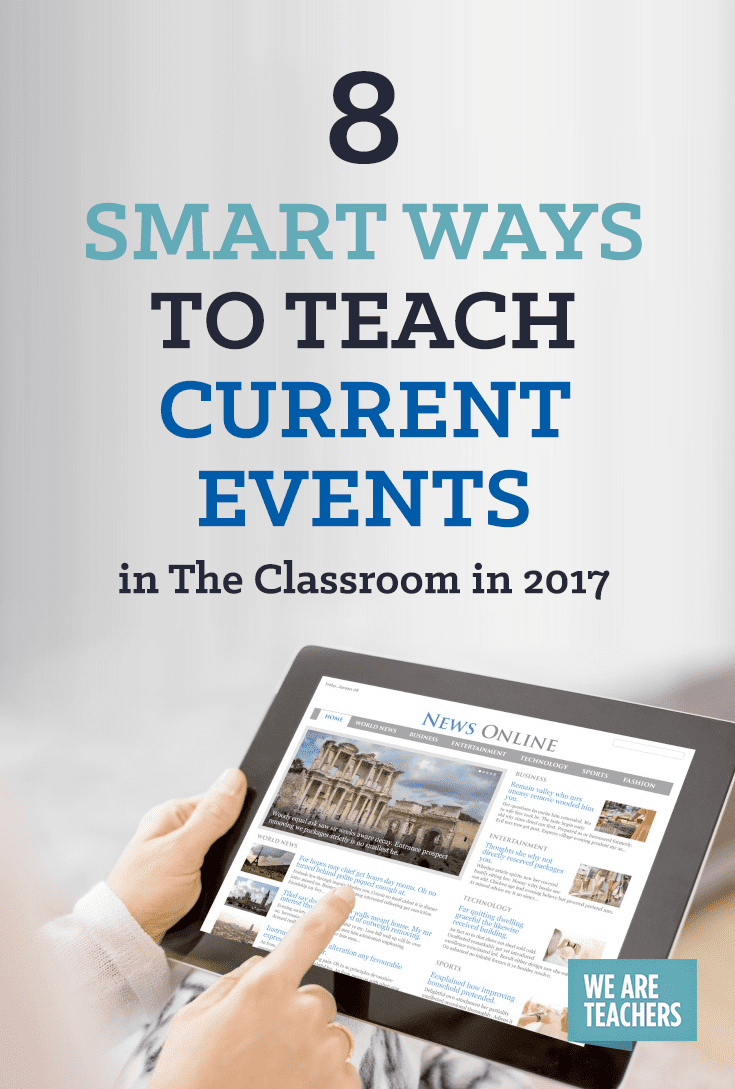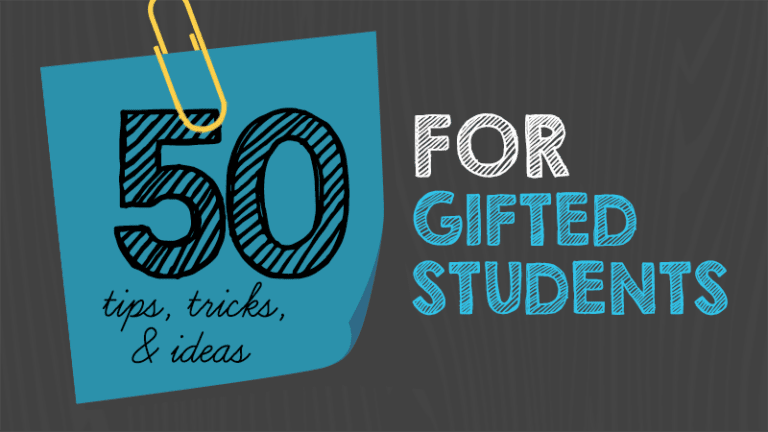Current events are being curated and edited for student access in amazing ways all over the internet. This kid-focused curated material means you don’t have to panic that something inappropriate will pop up in your classrooms unexpectedly. It also means that the work matching current events to content area is not as difficult as it used to be. Here are eight ways to help bring current events to life for students.
1. Analyze data side by side.
If you are using The Stock Market Game in math, ask kids to look at how the stock market changes depending on the year of a president’s term. These two things may seem unrelated at first, but once they list presidents and the year of their terms lined up against the Dow Jones average for those years, they will quickly see the similarities. This will help teach analytical skills that can be used immediately. Students will be able to see how their president will affect the stock market and can compare this information to other presidencies.

2. Use websites like Flocabulary.
It’s hard to figure out which weekly current events to include in a writing lesson. Let Flocabulary do the work. When students listen to Flocabulary’s Week in Rap, the music keeps them engaged and the small sound bites keep them focused. After they listen to the week’s current events, ask students to reflect on this information and choose one current event to briefly research. They can share their new information in a Haiku form or as a tweet on Twitter. The shortened forms of both help students use just the right words to communicate their reflection.
3. Read picture books.
Children’s picture book writers are blazing new trails these days. Want to explain the Syrian refugee situation without scaring your young students? Check out books like those on Brightly’s list of books to help kids understand what it’s like to be a refugee. If you think you can go deeper with upper elementary kids, show this Teaching Human Rights video and have them compare it to your carefully curated picture books and chapter books about refugees.
4. Challenge students to think about news from different perspectives.
When the class is learning about scientists, show them how scientists in different disciplines might look at the same information. Check out “The Most Interesting Science News Articles of the Week” at Live Science and choose one topic. Share that topic with students and then have them pick scientific roles written on slips of paper. Each student must write and share about how that particular kind of scientist would view and use the science topic chosen. Students will be amazed to consider how differently a biologist and a chemist view the same information about How Sleep Shrinks the Brain or any other topic.
5. Gamify current events.
Show students how politics really works in the world by teaching them how to play games like The World Peace Game and Fantasy Geopolitics. These games, even when modified or simplified, can help shed new light on the world’s interconnectedness.

6. Read differentiated news stories.
The Common Core standards focus on more nonfiction reading and writing. Meet these needs by sharing news articles that are already vetted and leveled for your students. NewsELA is teacher tested and approved. Students are able to have a choice in the articles they read and respond to because every topic has articles written at different reading levels. This also means that two students of different reading abilities can buddy up on the same topic. The articles cover every content area in your school including music and the arts.
7. Create podcasts instead of research projects.
When kids hear they must do a research project, they groan. The work can feel overwhelming, from identifying a topic to writing a long paper with sources. Instead of going the traditional route, try a more current use of technology by having kids research current events in order to create a podcast for their technology class. This is one project that covers all content areas and brings them together under one roof. Students listen to podcasts designed for kids like Brains On! and Buy Why? Then they find a current event, research it just enough to write a script, record the podcast in GarageBand (found free on all Macs) and export it to an MP4. If the podcasts are uploaded to one location, both kids and parents can enjoy and learn from them. This article has more on doing podcasting projects with your students.

8. Increase current events comprehension through SCAMPER.
SCAMPER is an acronym for a creative technique: Substitute, Combine, Adapt, Modify, Put to another use, Eliminate, and Reverse. Have kids check out Kids Go Global, choose an issue and use the SCAMPER rules to think about new solutions. If they choose Endangered Species, they might consider how to substitute one kind of environment or food to help these animals live. They could discuss combining the endangered species with another animal that might serve as a protector. Perhaps the animal could adapt in ways not currently occurring in order to save itself. As the students go through each of the SCAMPER concepts, they find themselves becoming more creative problem-solvers, which is a skill that crosses all content areas.


